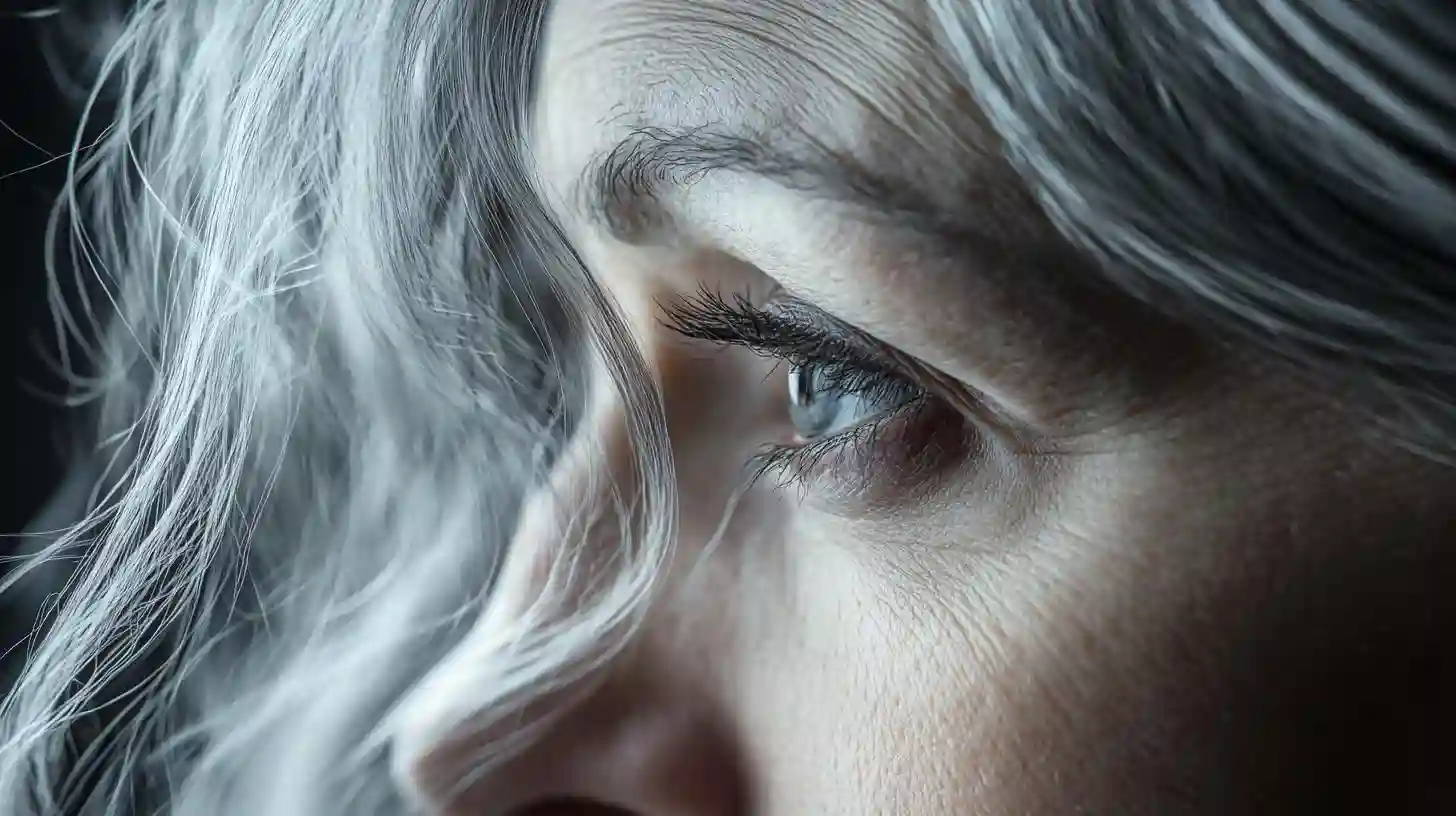
Knowledgetrovehq

As we journey through life, one of the most noticeable physical changes many experience is the transformation of hair from its original hue to various shades of gray or white. This phenomenon raises questions, not just about aesthetics and aging, but also about the underlying biological processes at play. Understanding why hair turns gray can provide insight into our bodies, our genes, and even the conditions that mark the passing years.
At the heart of the hair color change lies a specialized group of cells called melanocytes. These cells are responsible for producing melanin, the pigment that gives hair its color, in addition to skin and eyes. Melanin production occurs in the hair follicles, where a continuous cycle of regrowth allows hair to re-emerge periodically. In youth, melanin is produced in abundance, leading to vibrant colors ranging from deep browns to striking blondes. However, as we age, the activity of melanocytes begins to decline, which is the primary factor contributing to graying hair.
Various factors influence the lifecycle and efficiency of melanocytes. Genetic predisposition is one of the most significant. Some individuals inherit traits that lead to earlier onset graying than others. Family history often serves as a strong indicator of when a person may begin to notice gray hair. For some, the transition may occur in their twenties, while others may maintain their natural color well into middle age or beyond. This genetic influence is a natural part of human diversity, with individuals displaying a wide spectrum of pigmentation that can be traced through lineage.
Apart from genetics, environmental factors can contribute to changes in hair color. Stress, for instance, has long been anecdotally associated with accelerated graying, though definitive scientific evidence remains elusive. The relationship between stress and hair color is complex. Chronic stress may lead to an increase in the production of certain hormones, which could potentially impact melanocyte function. Lifestyle choices, such as diet and smoking, can also play a role; young adults who smoke have been observed to gray prematurely. Nutritional deficits can affect overall hair health, and deficiencies in key vitamins and minerals could compromise melanin production.
Another interesting avenue of research addresses the role of oxidative stress in hair graying. Oxidative stress occurs when there is an imbalance between free radicals and antioxidants in the body. This imbalance can damage cells, including melanocytes, leading to a reduction in their ability to produce melanin. The accumulation of free radicals over time—either through environmental exposure or natural metabolic processes—can impact not only hair color but also overall health. Some researchers are exploring potential interventions that could mitigate this oxidative damage, which could in turn preserve melanocyte function and delay the onset of gray hair.
While the science behind hair graying is multifaceted, societal perceptions of gray hair can vary widely. In some cultures, gray hair is seen as a symbol of wisdom, maturity, and experience. In others, it may be associated with aging and the desire to maintain a youthful appearance. This divergence in views affects how individuals choose to embrace or conceal their gray locks. Many choose to dye their hair to adhere to societal beauty standards, finding a sense of confidence in maintaining their hair’s youthful color. Others embrace the natural progression of change, wearing gray hair as a badge of honor, signifying not just age, but also the experiences and stories that come with it.
Interestingly, the act of coloring graying hair itself has sparked conversations about identity and self-expression. Various movements champion the acceptance of gray hair, pushing back against societal pressures to conform to conventional norms. Those who choose to flaunt silver strands may do so to represent a personal philosophy of authenticity, self-love, and resilience, inspiring others to view hair graying as a natural and beautiful part of life.
As the relationship between hair color and identity continues to evolve, so does our understanding of why hair turns gray. From biological processes to cultural perceptions, the journey to uncover the mystery behind graying hair encapsulates a broader narrative about aging, beauty, and self-acceptance. Embracing these changes, both physically and psychologically, can lead to a healthier and more positive outlook on the aging process. The conversation around gray hair is not solely about aesthetics; it touches upon our experiences, stories, and the undeniable reality that life is a journey marked by change, often punctuated by the silver strands that emerge along the way.